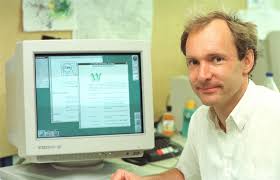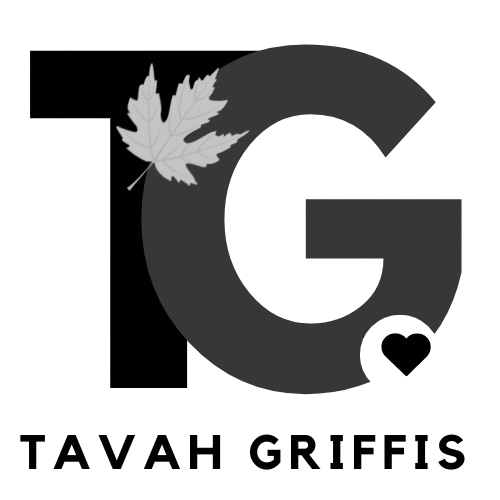The Beginning
The Internet has completely changed the way we work, live, and connect with other people. It’s hard to imagine life without it, but have you ever wondered where it all started? Well, here’s the story! Back in the 1960s during the Cold War the US government wanted a way for computers to share information even if something bad happened. So they created ARPANET. ARPANET Was a project that allowed computers to send out to each other over long distances and in 1969. It sent its first messages between UCLA and Stanford while it wasn’t quite perfect, it was a start!
In the 1980s things really took off with the invention of TCP/IP which allowed for different networks to connect then in 1989 Tim Burns invented the World Wide Web! This made the Internet way easier to use websites links and browsers, so that everyone can enjoy the Internet.
Tim Berners-Lee

This is Tim Berners-Lee!! Well… back in the day.
Tim Berners-Lee admitted the worldwide web while working at CERN, which is an European organization for nuclear research. His goal was to make it easier for scientists to share information with ease. To achieve this, he used a concept called hypertext which linked pieces of information together.
But, get this!.. His version didn’t stop at just hypertext, he also developed the essential tools needed to make the web functional! For example, HTTP (Hypertext Transfer Protocol), which allowed for communication between servers and browsers. Another example is the first web browser, which was a gateway for users to access the web. With those innovations, the World Wide Web was officially coming to life!
The invention of the World Wide Web, transformed the internet from a boring network used for scientists, to an user friendly platform accessible to all. Today its the structure and foundation of how we communicate, how we learn, and how we share information.
Web browsers made a big impact on how people used the internet. They made it more accessible for everyone. In 1993, Mosaic because one of the first popular browsers. And unlike earlier text-based systems, Mosaic allowed users to see images and navigate websites with a simple click, even if they weren’t tech savvy! Isn’t that cool??
This was a game changer for the internet and its growth, Mosaic’s success paved the way for modern browsers and was a big part in the development of the World Wide Web
The Web Grows
By the mid 1990s, the World Wide Web was expanding rapidly and businesses saw the potential for customers! This led to the rise of e-commerce, where companies began selling products online. A great example of this is Amazon, which started in 1995 as an online bookstore. Overtime it turned into a massive online store selling almost everything you can imagine! Amazon’s success has shown how the Internet completely changed in industries. This also made shopping more convenient for people around the world.!
In the early 2000s the web entered a new phase which was known as Web 2.0. Unlike the earlier version of the web, which was mainly about reading information, Web 2.0 focus on user generated content and interaction! This allowed people to create and share their own content leading to the rise of social media platforms. My space, Facebook, and Twitter, where some of the first platforms to change how people connected and shared with each other! Social media made it easier to communicate, share personal stories and connect with others on a global scale. These changes have made a huge impact on how we live and interact.
The Web Today
The web and Internet is a big part of the world today and how we do things! Social media is a huge role with that as well from communication to information we get most of our info online. search engines like Google make it easy to find stuff and algorithms create personalized experiences for users.
but the web impact goes beyond communication online platforms for shopping such as Amazon and eBay have changed how we buy and sell things. Education is also transformed with online learning platforms, such as Schoology (I use that for school!). Healthcare is better as well with online doctors and health tools helping more people get care.
The Future of the Web
The web is still changing and one big trend is giving users more control over their data and online lives! Technologies like Blockchain and Web 3.0 aim to focus on more privacy and user ownership. AI (artificial intelligence) is also improving the web however this also raises concerns about privacy and security and some even go as far as conspiracy that AI is going to take over one day!
Since it’s creation in 1989, the World Wide Web has evolved from a tool for scientist into a global platform for communication, shopping, learning and more! As the web grows it presents new opportunities, but also challenges. Privacy, security and inclusion is crucial to making the web safe and accessible space for everyone! By addressing these issues and fixing them, we can continue to harness the power of the web to help increase peoples knowledge and create new possibilities! The future of the Internet depends on creating a space where everyone can participate in benefit! So make sure to be kind!
What should you take from all of this???
- The internet first started in the 1960s as ARPANET, which was a U.S government project to allow computers to share info for emergencies
- Tim Berners-Lee invented the World Wide Web in 1989 at CERN to help scientists share info
- Mosaic launched in 1993 and was one of the most popular browsers with a graphical interface.
- E-commerce businesses like Amazon became popular over time and shows how the internet has made a huge impact on industries
- The early 2000s introduced web 2.0 which focused on user-generated content and interactivity. Platforms like MySpace, Facebook, and Twitter transformed how people connect and share.
- The web is now central to communication, education, shopping, and healthcare. Tools like search engines, online learning platforms, and telemedicine have revolutionized daily life.
- The web continues to evolve with trends like Web 3.0 and artificial intelligence, focusing on privacy, security, and user ownership while addressing challenges like data protection and inclusion.
- The internet has grown from a tool for scientists into a global platform for communication, commerce, and learning. Its future depends on ensuring it remains a safe, inclusive, and beneficial space for all.
